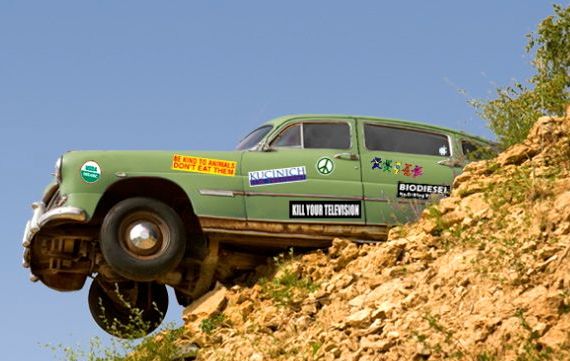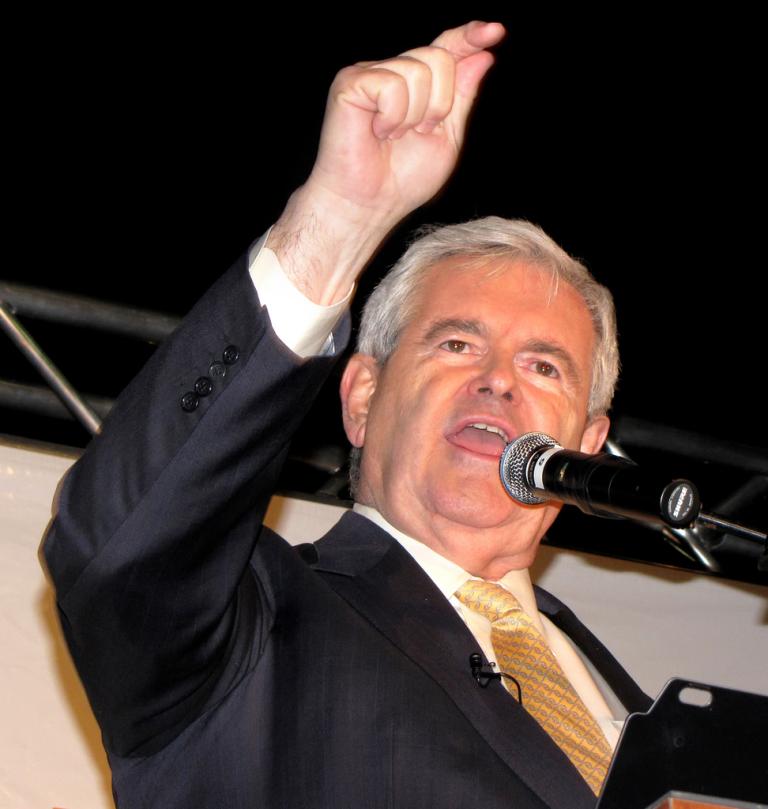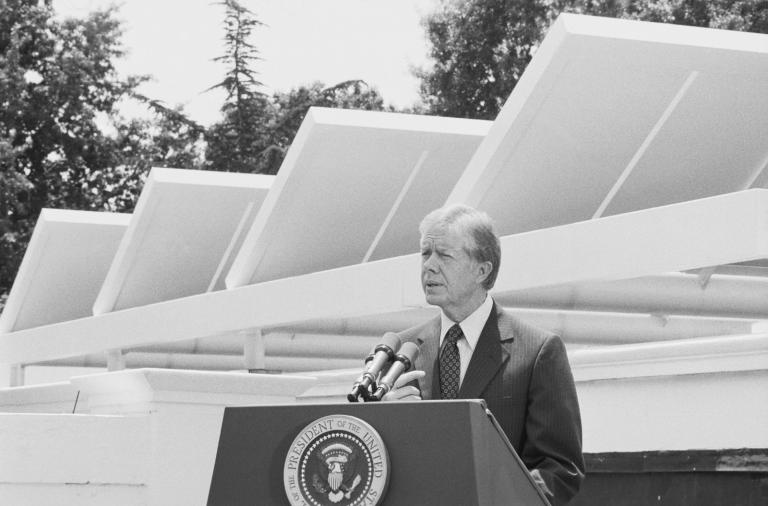 The House approved a measure on Tuesday that would give Americans a cash incentive to trade in their old, gas-guzzling automobiles for slightly more efficient models. The “Cash for Clunkers” bill passed through the chamber with a 298 to 119 vote, and the Senate could vote on similar legislation later this week.
The House approved a measure on Tuesday that would give Americans a cash incentive to trade in their old, gas-guzzling automobiles for slightly more efficient models. The “Cash for Clunkers” bill passed through the chamber with a 298 to 119 vote, and the Senate could vote on similar legislation later this week.
The bill would give drivers a voucher of up to $4,500 for trading in their older autos for more fuel-efficient models, at a total cost to the federal government of $4 billion. Backers argue that the scheme would boost the sale of new automobiles and reduce carbon dioxide emissions.
“The bipartisan cars act will shore up millions of jobs and stimulate local economies. It will improve our environment and reduce our dependence on foreign oil,” said lead sponsor Betty Sutton (D-Ohio) during floor debate on Tuesday. “The cars act demonstrates that we can free ourselves from the false argument of either you are for the environment or you are for jobs. You can do both, you must do both.”
Where do I sign up?
The House bill would go into effect within 30 days and make vouchers available to car shoppers for a year or until the funding runs out, whichever comes first. Participants could trade in vehicles of model year 1984 or later that are currently in use — no trading in the one that’s been gathering dust in the backyard since Jimmy Carter was in office — and the old cars would be crushed or otherwise permanently removed from the roads.
Under the plan, a “clunker” is defined as a car or light truck that averages 18 miles per gallon or less. For cars, drivers could get a $3,500 subsidy for purchasing a new model that gets at least 22 mpg or 4 mpg more than the old one, or $4,500 for a new car that gets at least 10 mpg more. For light trucks and SUVs, drivers could get $3,500 for a new model that averages at least 2 mpg more than the old one, or $4,500 for 5 mpg more.
Critics argue that the bill’s miles-per-hour benchmarks for new vehicles are way too low and wouldn’t do nearly enough to curb emissions. (Consider that the Obama administration’s new fuel-economy rules will require cars to get 39 mpg and light trucks to get 30 mpg by 2016.) Grist’s Jonathan Hiskes reported on environmental arguments against the bill when President Barack Obama endorsed it last month.
While the measure might not do much for the warming planet, it would be a boon for the beleaguered auto industry.
“The passage of this legislation is good news for manufacturers, auto dealers, suppliers and most importantly consumers,” said Alliance of Automobile Manufacturers President and CEO Dave McCurdy. “With just released May auto sales reporting a 31 percent drop from just a year ago, we can’t afford to wait any longer. Now more than ever we need this fleet modernization proposal to be passed by the Senate and quickly signed into law by the President.”
Hold your horsepower
The Senate, however, is not quite so ready roll.
Sens. Debbie Stabenow (D-Mich.) and Sam Brownback (R-Kansas) have introduced a bill similar to the version the House passed, but Dianne Feinstein (D-Calif.), Susan Collins (R-Maine), and Charles Schumer (D-N.Y.) have proposed an alternate version with stronger fuel-economy requirements, which they say would “achieve 32 to 38 percent greater oil savings” than the House version.
Keep your eyes on the Senate to see how this all shakes out.



